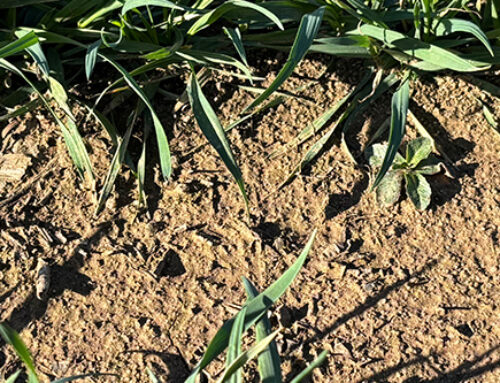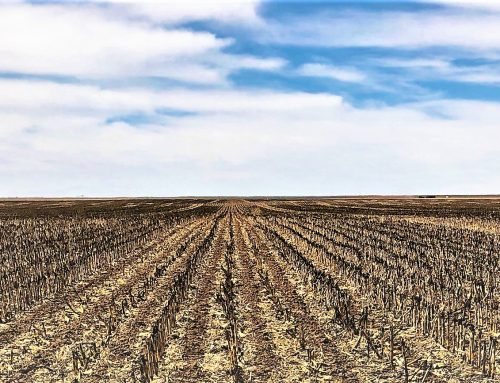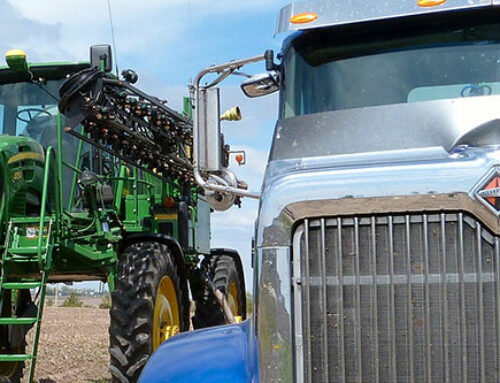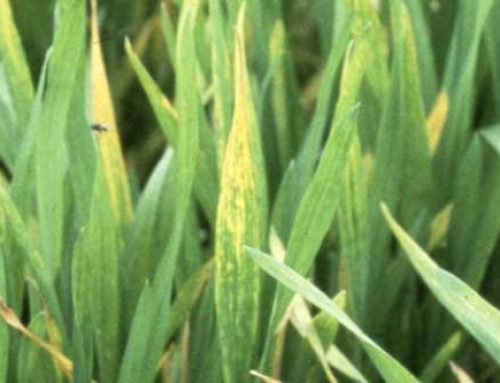Herbicides play a major role when it comes to controlling weeds, while protecting the environment. By knowing what to expect from different herbicides, a weed control program can be put in place that meets the goals of each farm, both from an economic as well as an environmental standpoint. There are two broad categories of herbicides, burndown and residual. Although there is quite a bit of overlap, we will focus on burndown activity for now.
Knowing which herbicide or combination of herbicides to use in each situation, requires factoring in such things as, weed populations, crop safety, planting restrictions, tank-mix partners, possible antagonism, resistance prevention, and cost. Herbicides that were often overlooked when glyphosate killed everything, are now being used once again to help control those hard to kill weeds.
Modes of action including PPO, HPPD, growth regulator, and lipid synthesis inhibitors are now being called to the front lines in the war against weeds. Proper selection of a herbicide or combination of herbicides, and knowing how each mode of action works will lead to the best results.
Cell membrane disruptors include PPO’s such as saflufenacil and Photosystem I Electron Diverters such as paraquat. These herbicides are often referred to as “burner” herbicides. They generally don’t translocate and therefore coverage is very important. Also, light is required for the mechanism of control to work. Because of the speed at which some of these work, glyphosate activity is often reduced, or even eliminated if used in a tank mix with Cell Membrane disruptors.
HPPD herbicides fall under the category of pigment inhibitors and include such herbicides as mesotrione or tembotrione. These are often referred to as “bleachers” and for obvious reasons when looking at the damage they cause to the plants. A photosynthetic inhibitor such as atrazine often makes a good tank mix companion with HPPD herbicides due to the similar way in which they work.
Growth Regulators such as 2,4-D and Dicamba mimic the plants natural growth hormones, resulting in twisting of stems, cupping of leaves and erratic growth. Broadleaf weeds are much more susceptible than grasses to growth regulators. These herbicides translocate readily and are often a good tank-mix partner with glyphosate.
Lipid Synthesis Inhibitors including clethodim have no activity on broadleaf weeds but are very effective on grasses. When sprayed on a grass the chemical moves to the growing point and halts the synthesis of lipids necessary for cell walls, resulting in halted growth. Pulling the whorl out of a treated grass reveals the rotting growing point.
Not only is there a direct benefit on the farm from the proper use of herbicides, but more efficient production means lower food prices and the opportunity to set aside land for recreation. By replacing tillage with herbicides farmers are able to reduce erosion, improve organic matter, save moisture, save fuel, increase labor efficiency, improve wildlife habitat and often achieve higher yields.
Written by: Skyler James; Scott City, KS
Featured Image by: Phil Westra, Colorado State University, Bugwood.org




